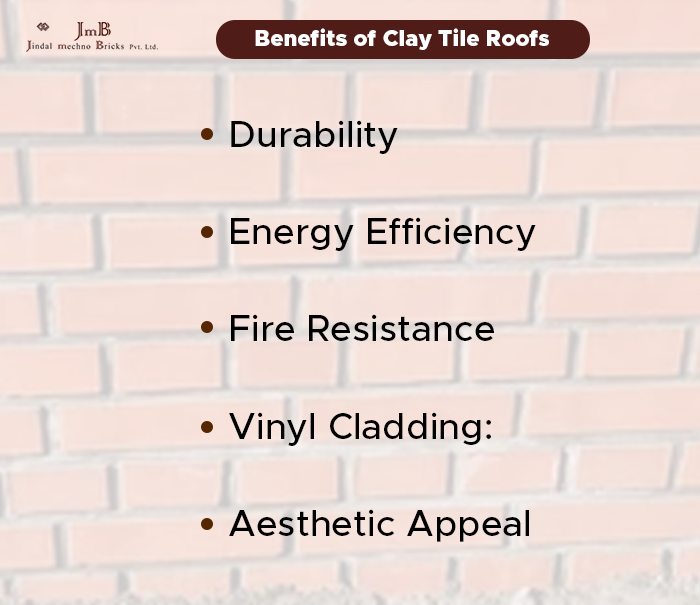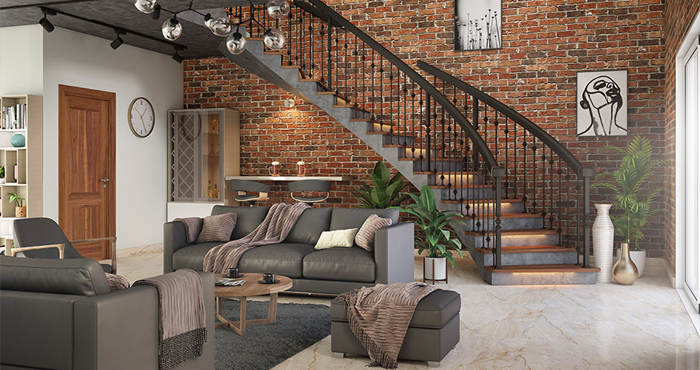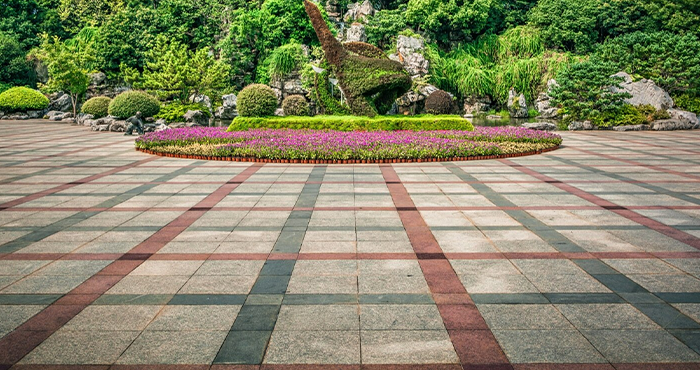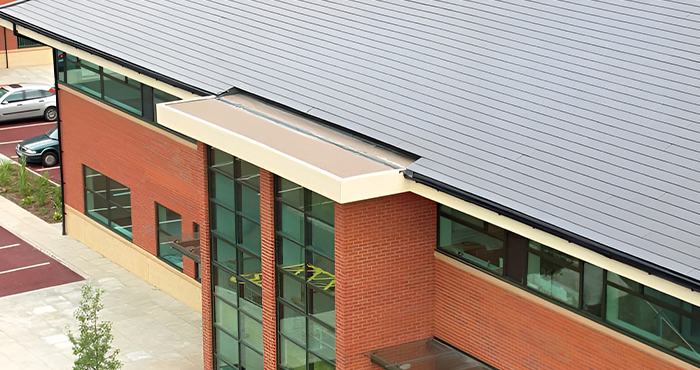Buying a house is a significant investment, and when you come across a property with a clay tile roof, it adds a unique charm and aesthetic appeal. However, there are several important factors you need to consider before making a purchase. This blog will guide you through the key aspects of buying a house with a clay tile roof to ensure you make an informed decision.
Understanding Clay Tile Roofs
Clay tile roofs have been used for centuries and are known for their durability, energy efficiency, and timeless beauty. They come in various styles and colors, making them a popular choice for many homeowners. But, like any roofing material, clay tile roofs have their own set of characteristics and considerations.
Benefits of Clay Tile Roofs
Important Considerations Before Buying
When considering a house with a clay tile roof, it’s crucial to understand both the benefits and potential drawbacks. Here are some important factors to keep in mind:
Inspection and Maintenance
Regular Inspections: Clay tile roofs require regular inspections to identify and fix any issues before they become major problems. Look for cracks, chips, or loose tiles, as these can lead to water damage and other issues.
Maintenance Needs: While clay tiles are durable, they still require maintenance. Ensure you are prepared for regular upkeep, such as cleaning the roof to remove debris and checking for any damaged tiles.
Weight and Structural Support
Heavy Material: Clay tiles are heavier than other roofing materials, like asphalt shingles. Before buying, check if the house structure is strong enough to support the weight of the clay tile roof. You may need to consult with a structural engineer to ensure the building can handle the load.
Climate Suitability
Weather Resistance: Clay tiles are excellent for hot, dry climates as they withstand high temperatures and sunlight without degrading. However, they can be prone to damage in areas with frequent freezing and thawing cycles, which can cause the tiles to crack.
Wind Resistance: Clay tiles are generally resistant to strong winds, but in areas prone to hurricanes or severe storms, additional anchoring may be necessary to prevent tiles from being blown off.
Cost Considerations
Initial Investment: Clay tile roofs can be more expensive upfront compared to other roofing materials. Consider the long-term benefits, such as durability and low maintenance costs, which may offset the initial investment over time.
Repair Costs: Repairing or replacing clay tiles can be more costly than other roofing materials due to their specific installation requirements and the need for skilled labor. It’s important to budget for potential repairs down the line.
Installation Quality
Professional Installation: Ensure that the clay tile roof is installed by a professional with experience in handling roof tiles. Poor installation can lead to issues like leaks and reduced lifespan of the roof. Request documentation or warranties from the previous owner to verify the quality of the installation.
Availability of Replacement Tiles
Matching Tiles: Over time, you may need to replace broken or damaged tiles. Check if matching clay tiles are readily available, as it can be difficult to find exact replacements for older or custom-made tiles.
Environmental Impact
Sustainability: Clay tiles are made from natural materials and are recyclable, making them an environmentally friendly choice. Consider the ecological benefits of choosing a home with a clay tile roof, which can contribute to a sustainable lifestyle.
Conclusion
A house with roof tiles can be a beautiful and valuable investment, but it requires careful consideration of various factors. From regular maintenance to understanding the impact of local climate, being informed will help you make the best decision.
By evaluating the roof’s condition, structural support, and potential roof tiles prices, you can enjoy the benefits of a clay tile roof for many years to come. Remember to seek professional advice and perform thorough inspections to ensure your new home meets your expectations and provides long-term value.
If you are looking for clay tile roof colors and designs, Jindal Mechno Bricks has your solution. Choose Jindal Mechno Bricks for a roof that not only protects your home but also enhances its overall aesthetic and value.
FAQs
What are the benefits of a clay tile roof?
Clay tile roofs are known for their long lifespan, often lasting over 50 years with proper care. They provide excellent insulation, which helps keep your home cooler in the summer and warmer in the winter. They are also resistant to fire and pests, adding an extra layer of safety and durability.
How do I know if a clay tile roof is in good condition?
To check the condition of a clay tile roof, look for any cracks, chips, or loose tiles. It’s best to hire a professional roof inspector who can identify potential problems and give you an estimate of the roof’s remaining lifespan. Regular maintenance records from the previous owner can also provide insights into the roof’s health.
Are clay tile roofs expensive to maintain?
While clay tile roofs are generally durable and require less frequent repairs, they can be more expensive to fix when damaged. This is because repairs often need to be done by professionals who specialize in working with clay tiles. However, the long-term benefits of durability and low maintenance often offset these costs.
Can my house support the weight of a clay tile roof?
Clay tiles are heavier than many other roofing materials, so it’s important to ensure your house can support the weight. Consult a structural engineer to assess the building’s ability to bear the load of a clay tile roof. They can recommend any necessary reinforcements to ensure safety and stability.






